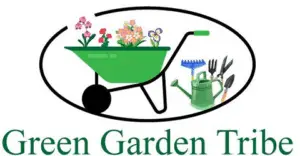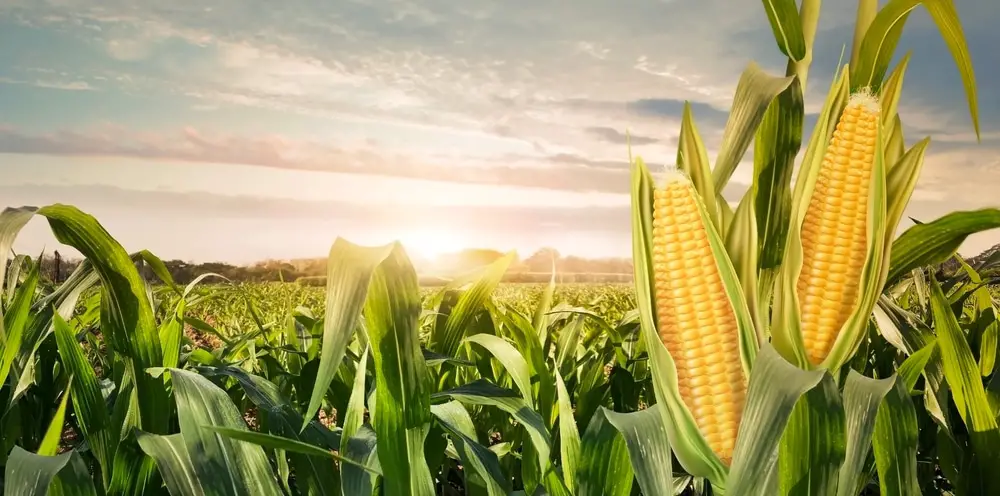This article is about the best plants to grow with corn, which is a staple crop that is grown all over the world.
12 of the Best Companion Plants for Corn: A Comprehensive Guide
Companion planting is a gardening method in which different kinds of plants are grown together so that they can help each other. The idea behind this method is that some plants help the growth, health, and productivity of other plants.
12 of the Best Companion Plants for Corn
- Beans
- Squash
- Melons
- Sunflowers
- Marigolds
- Nasturtiums
- Herbs with a smell (Basil, Thyme, Rosemary)
- Borage
- Cucumbers
- Lettuce
- Peas
- Radishes
The Benefits of Planting Together: Companion planting can help your garden in many ways.
One of the most important benefits is that crop yield goes up. Companion plants can make the soil healthier by adding nutrients, keeping more water in the soil, and stopping it from washing away.
They also naturally keep pests away by attracting good bugs that eat bad bugs or by making chemicals that keep them away.
Also, companion plants can help the main crop, in this case, corn, grow better by giving it shade, making the soil more fertile, or attracting more pollinators.
Why Corn Should Grow With Other Plants
There are several reasons why corn should be grown with other plants. For example, better pollination can lead to a bigger harvest because it makes more kernels grow on each cob.
Plants that grow well with corn can also protect it from wind damage, which makes it less likely that the stalks will break.
By reducing weeds, companion plants keep the soil moist and reduce the amount of weeding that needs to be done by hand, saving time and energy.
Also, companion plants can keep the soil moist, preventing the corn from getting stressed out by drought and reducing the need to water.
12 of the Best Plants to Grow with Corn
Here is a list of the 12 best plants to grow with corn:
1. Beans
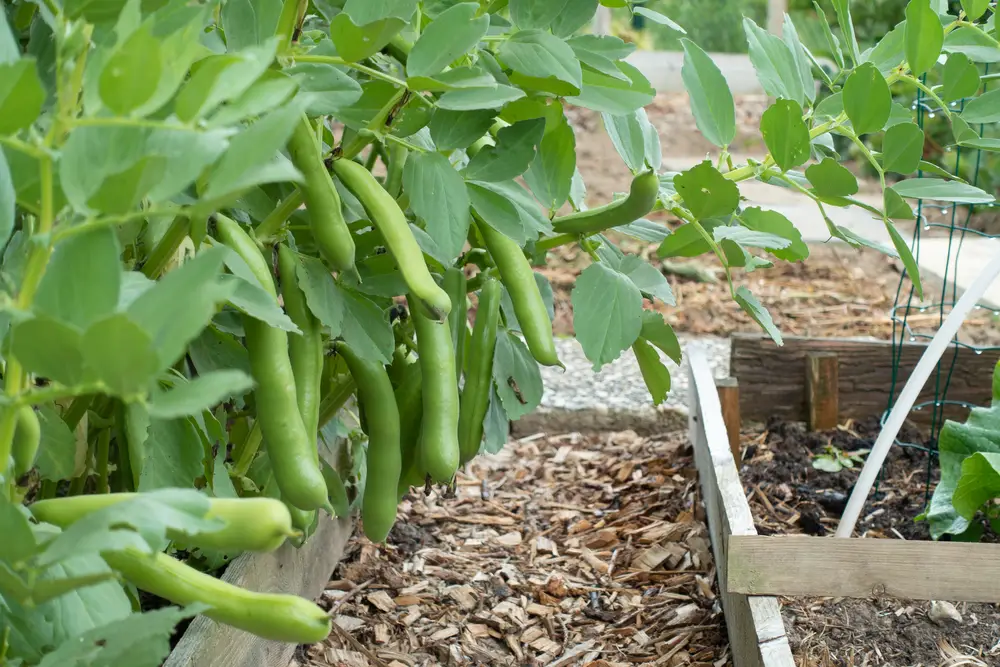
Beans are a great plant to grow with corn because they fix nitrogen in the soil, which corn needs to grow.
They also provide some shade and can help the health of the soil.
Beans and other leguminous plants can turn nitrogen from the air into a form that other plants can use. This means that plants don’t need as much fertilizer.
Also, the shade that beans provide can help keep soil moist, which is essential when it is hot and dry.
2. Squash
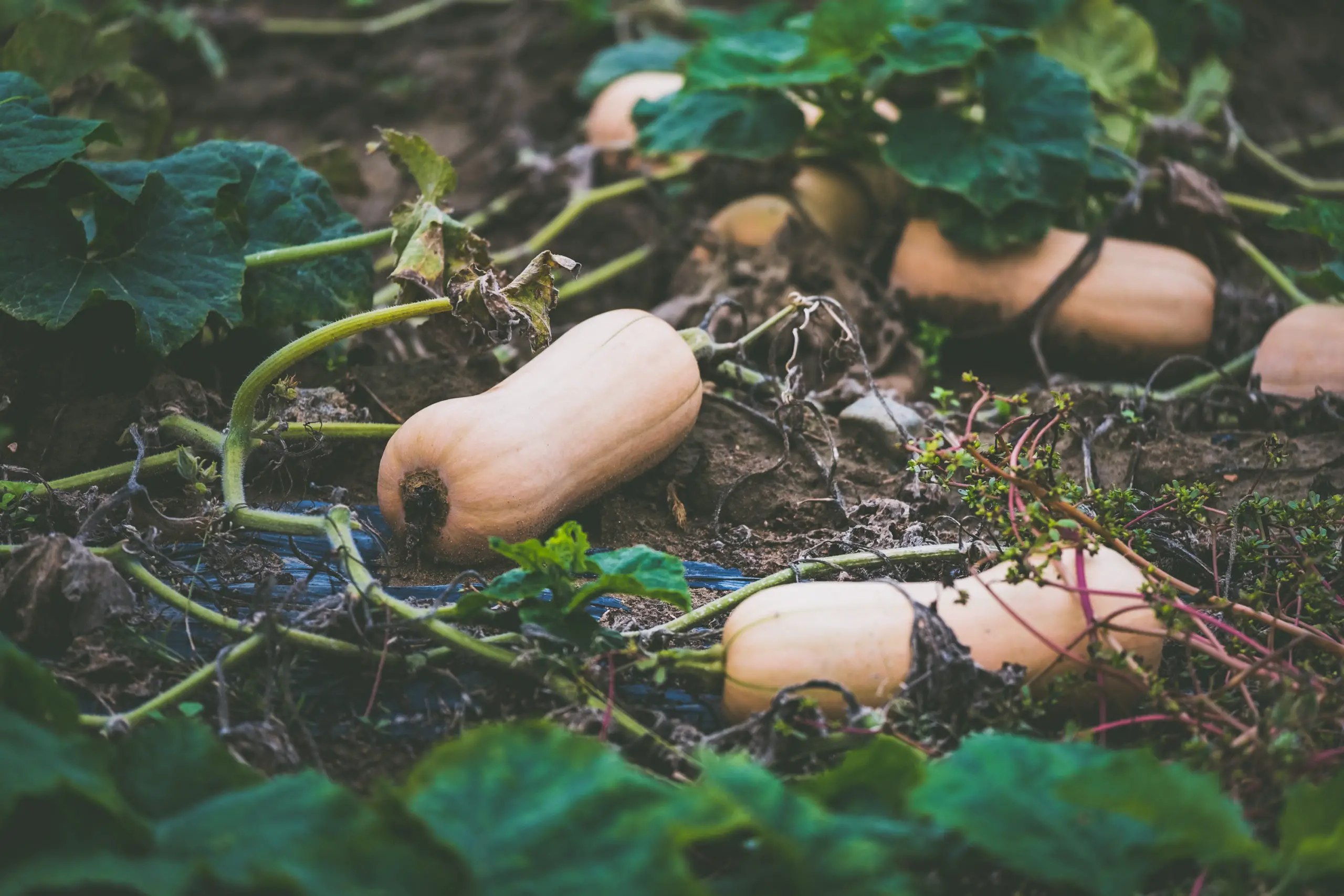
Squash can help eliminate weeds, keep the soil moist, and give corn shade.
Also, squash attracts good bugs like ladybugs and lacewings, which eat pests like aphids and spider mites.
Squash leaves also make a dense ground cover that keeps weeds from growing and keeps the soil moist.
3. Melons
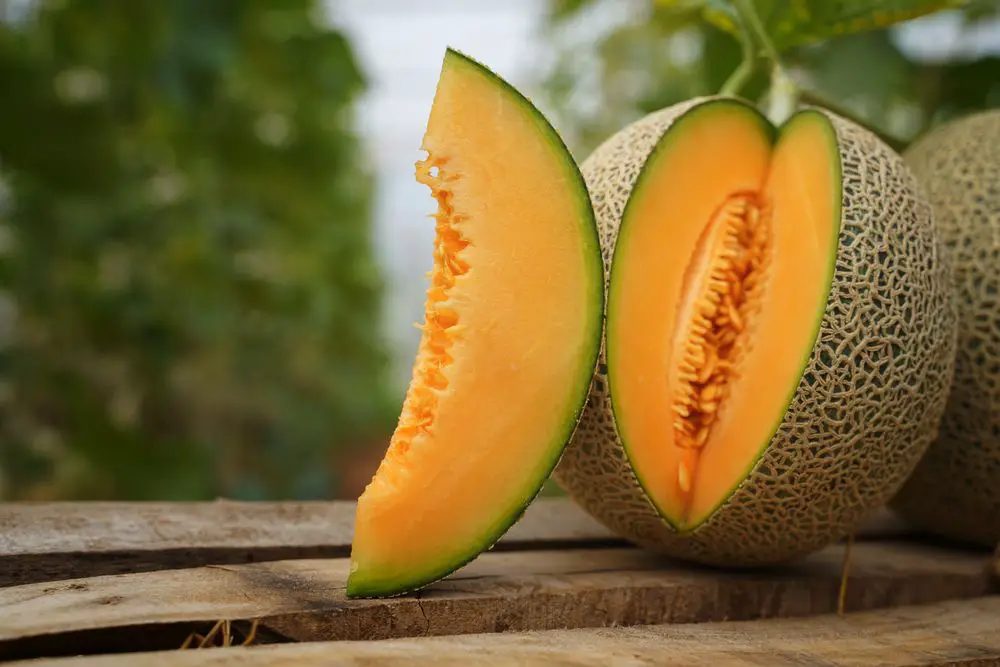
Melons are another good plant to grow with corn because they keep the soil moist and bring in pollinators.
They also give some shade and can help improve the soil for growing things.
Because melons have shallow roots, they can get water from a larger area, so they don’t need to be watered as often.
This can also help keep the soil moist, which is vital for growing corn.
4. Sunflowers
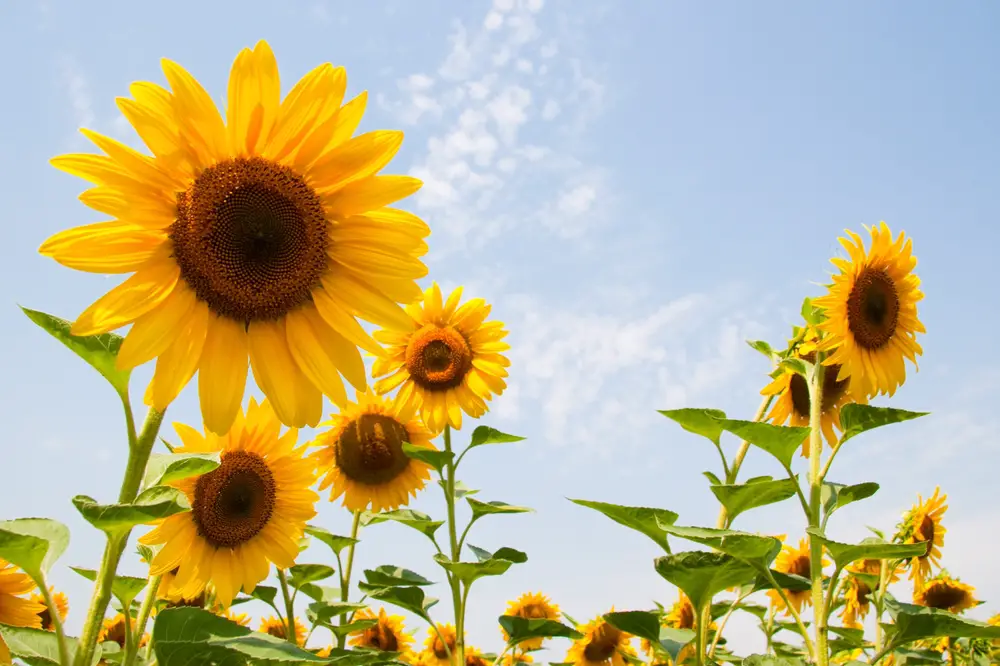
They can provide shade and bring in pollinators, making them a great plant to grow with corn.
They can also help the health and fertility of the soil.
Sunflowers are great for attracting good bugs like bees, which are needed to pollinate corn.
Also, sunflowers’ large size can provide shade for the corn, which helps the plant keep water and feel less stressed.
5. Marigolds
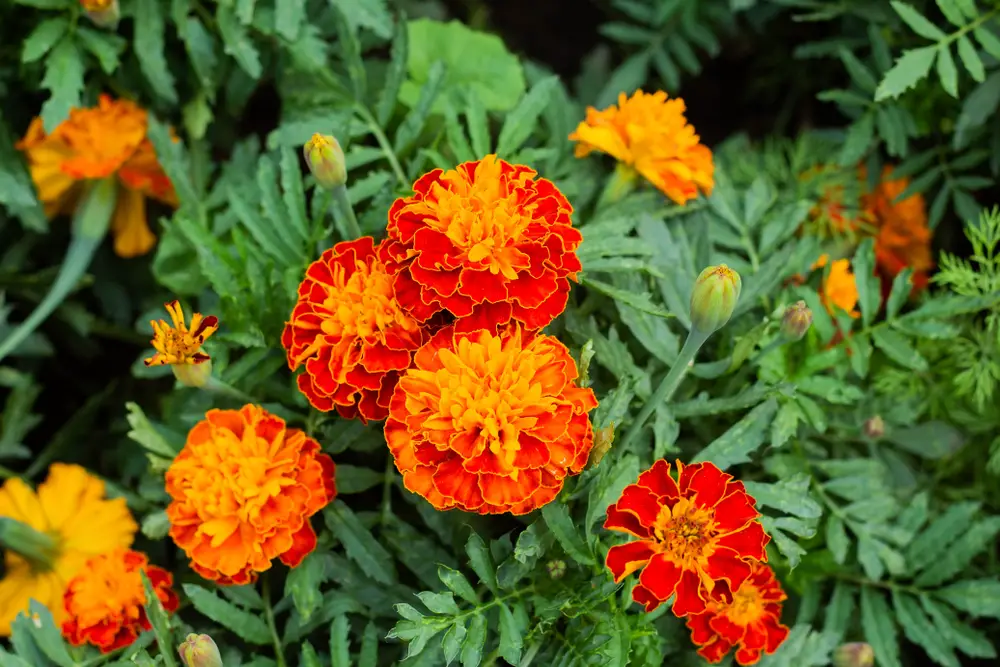
Marigolds make chemicals that keep pests away, making them a great plant to grow with corn.
They also bring in good bugs and make the soil healthier.
Marigolds have a natural insecticide in them called pyrethrum, which keeps pests like aphids and spider mites away.
They also bring in good bugs like ladybugs, which can help keep pests under control in the garden.
6. Nasturtiums
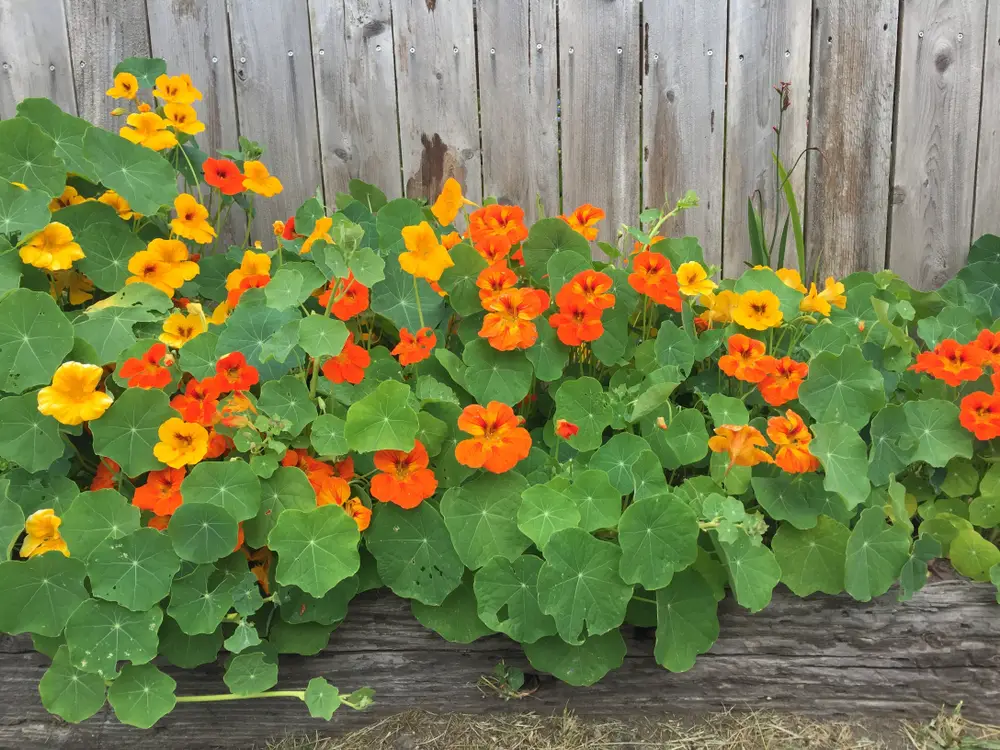
Nasturtiums can bring in good bugs and keep away bad ones.
They also add nutrients to the soil and can make the soil healthier.
Nasturtiums have mustard oil in them, which keeps away bad bugs and brings in good bugs like ladybugs and lacewings.
They also give the soil nutrients, making it healthier and more fertile.
7. Aromatic Herbs
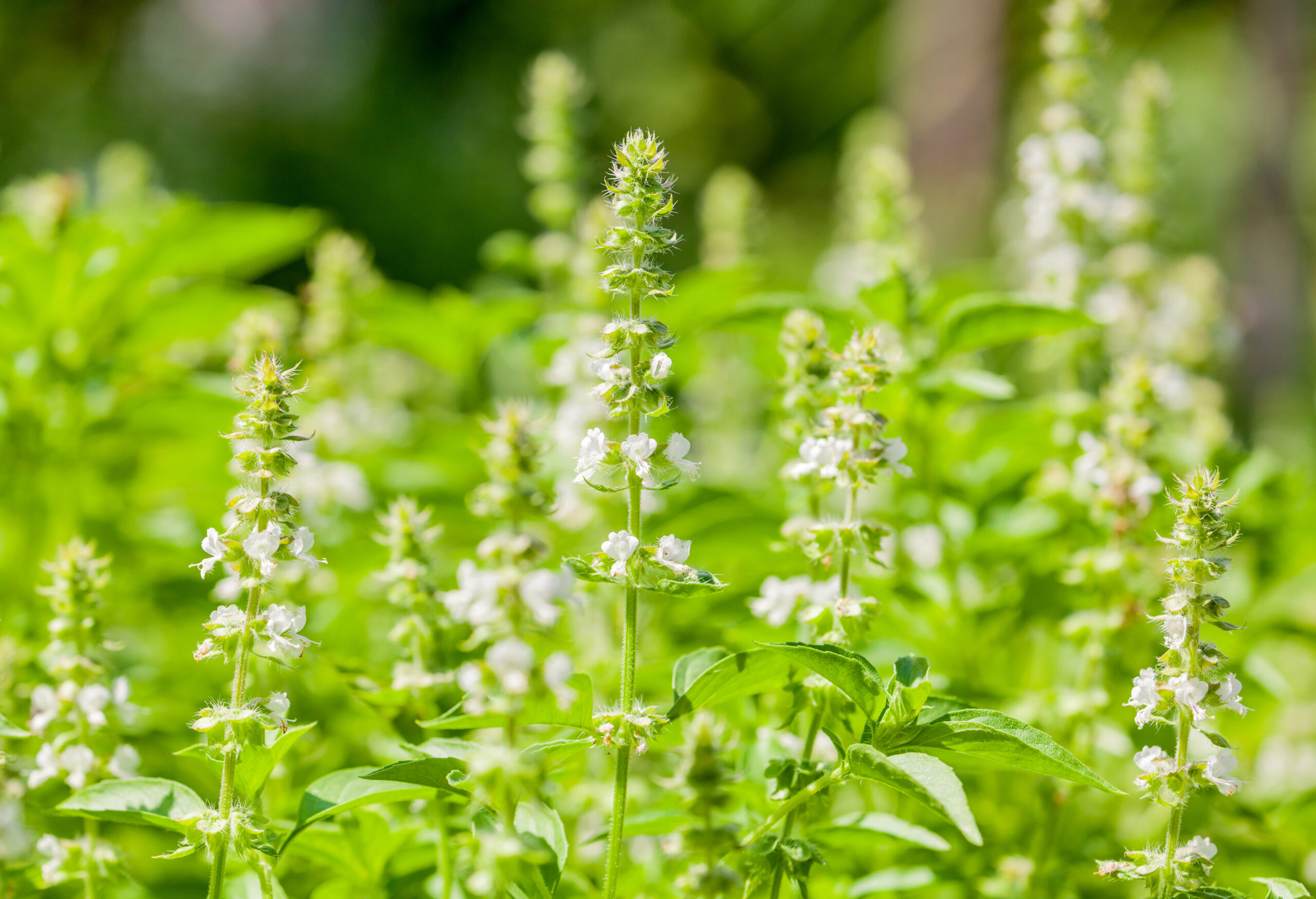
Herbs with a strong smell, like basil, thyme, and rosemary, can make the soil more fertile and keep pests away.
They also make the garden taste and smell better. Aromatic herbs give off volatile oils that can keep pests like aphids and spider mites away.
They also make the soil healthier by adding organic matter and letting nutrients out into the soil.
8. Borage
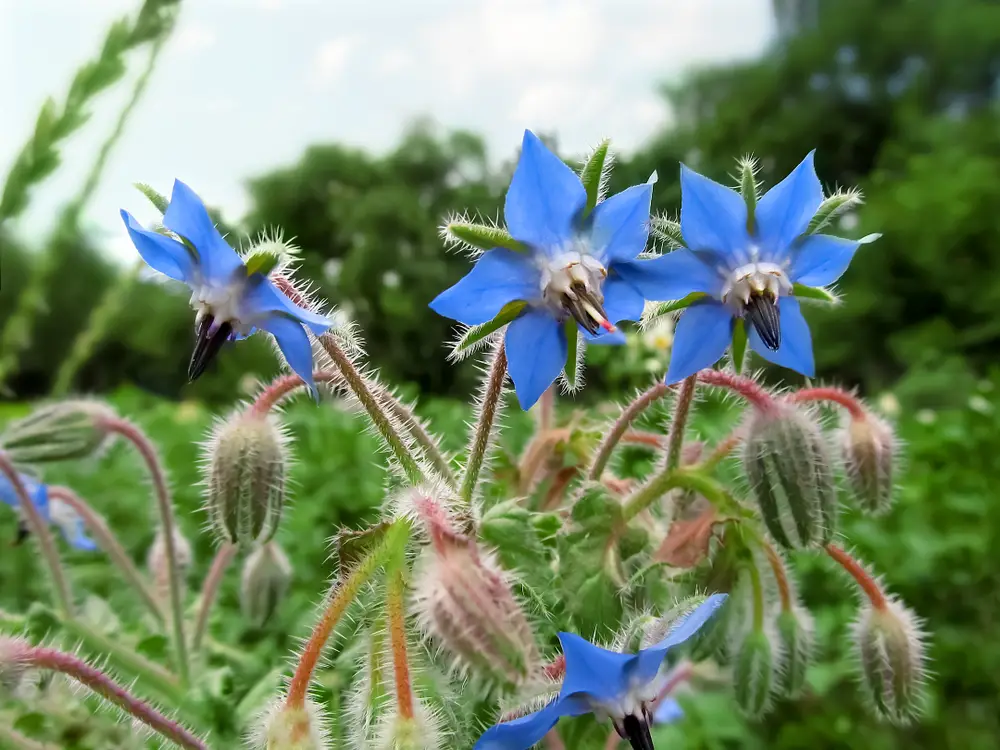
Borage is another excellent plant to grow with corn because it can improve the health of the soil and attract good bugs.
It also gives some shade and keeps the soil from drying out.
Borage is an excellent place for bees and butterflies to get nectar, which they can use to help pollinate the corn.
Also, the big leaves of borage can provide shade for the corn, which helps the plant keep water and feel less stressed.
9. Cucumbers
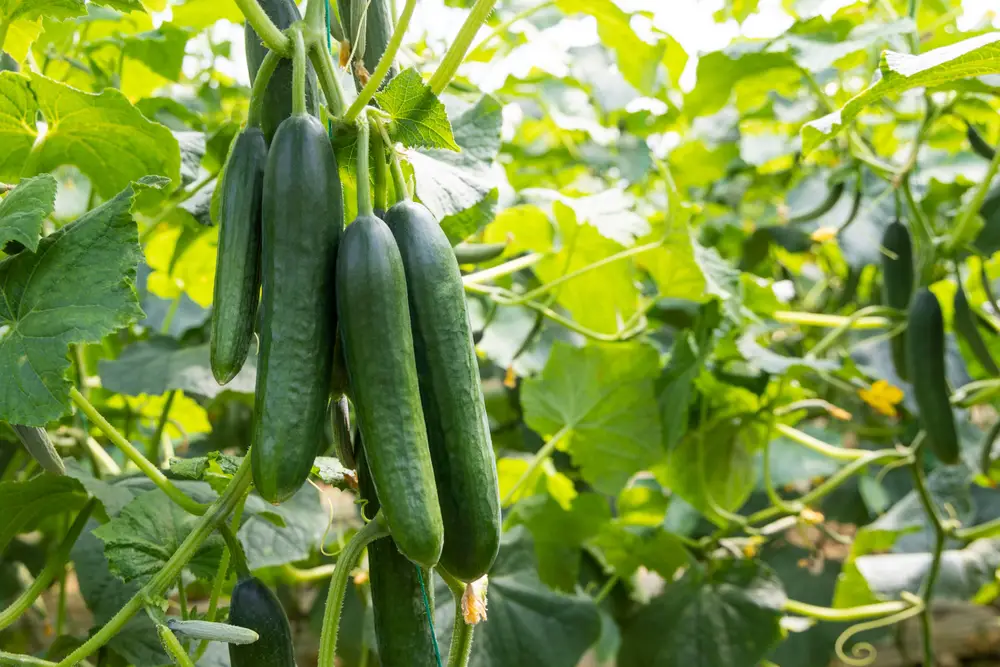
Cucumbers help keep the soil moist and bring in pollinators.
They can also give some shade and help keep weeds from growing.
Cucumbers spread out as they grow, which makes it harder for weeds to grow and keeps the soil moist.
Also, cucumbers’ big leaves can be used to make shade.
10. Carrots
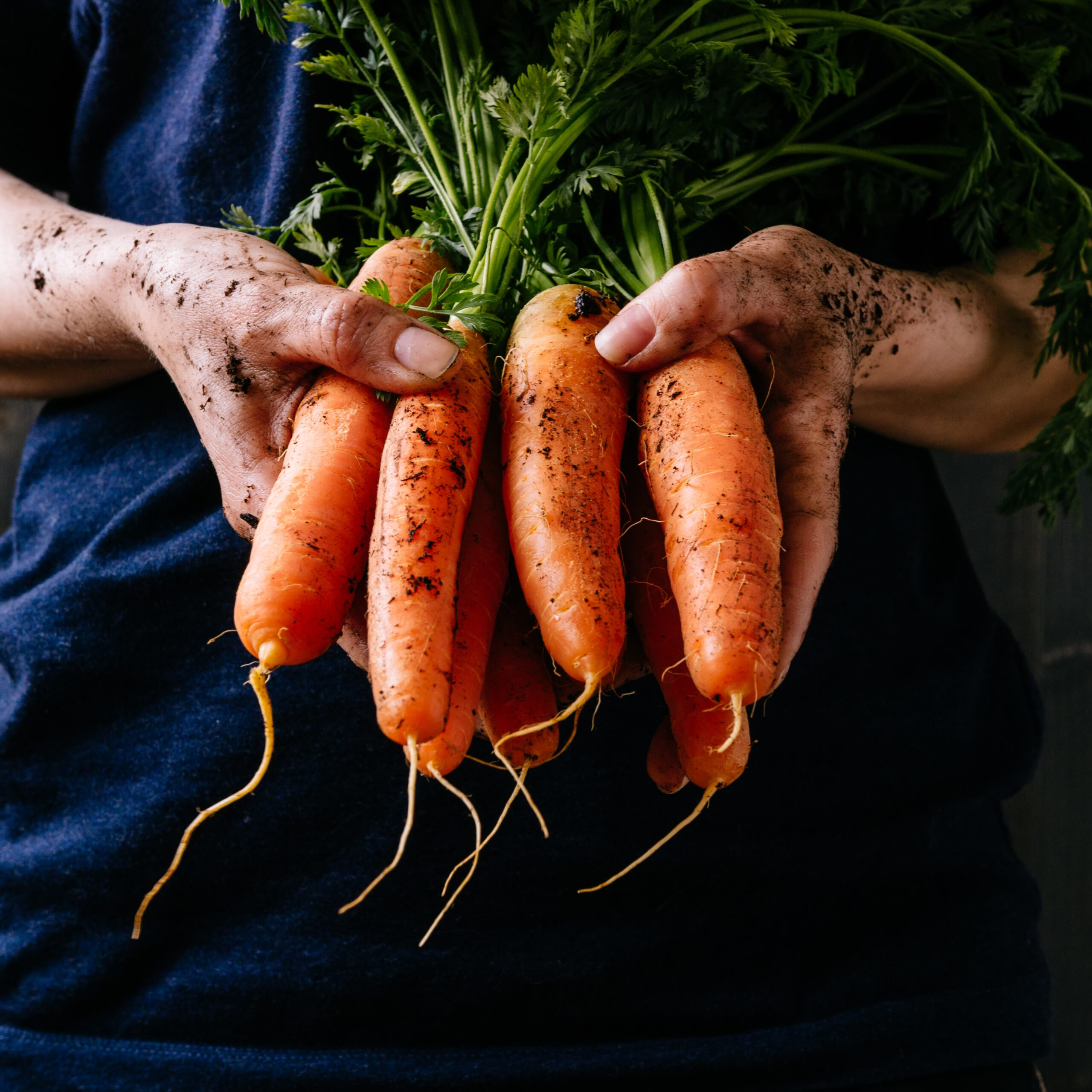
Carrots are a great plant to grow with corn because they are good for the soil and attract good bugs.
They also give the garden color and flavor and can help keep pests away.
11. Herbs
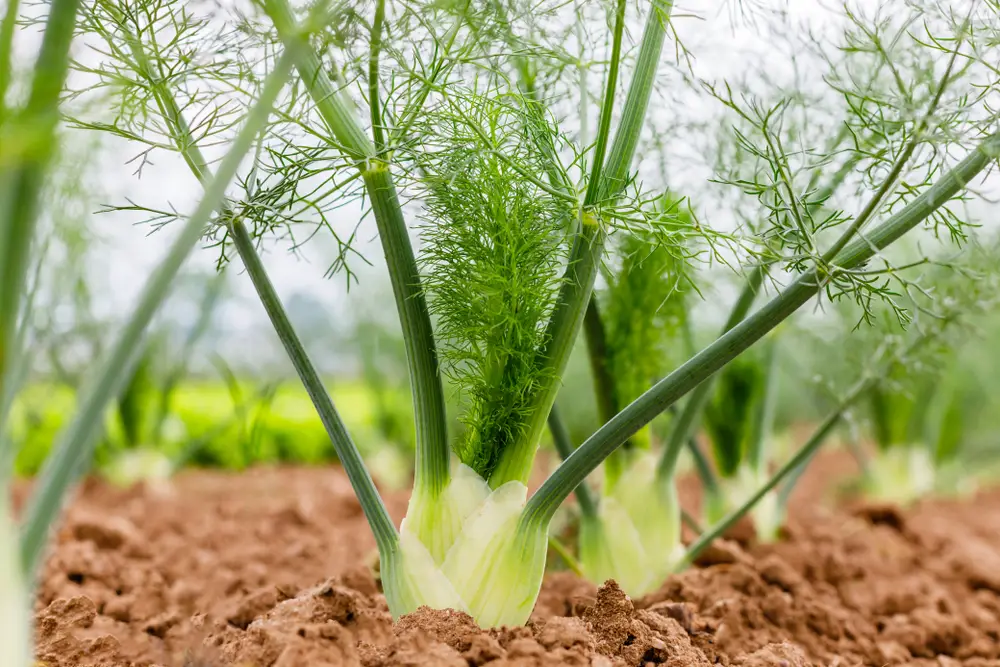
Herbs like dill and fennel can attract good bugs and scare away bad ones. This makes them the perfect plant to grow with corn.
They also add flavor and scent to the garden and can make the soil better for growing plants.
12. Flowers
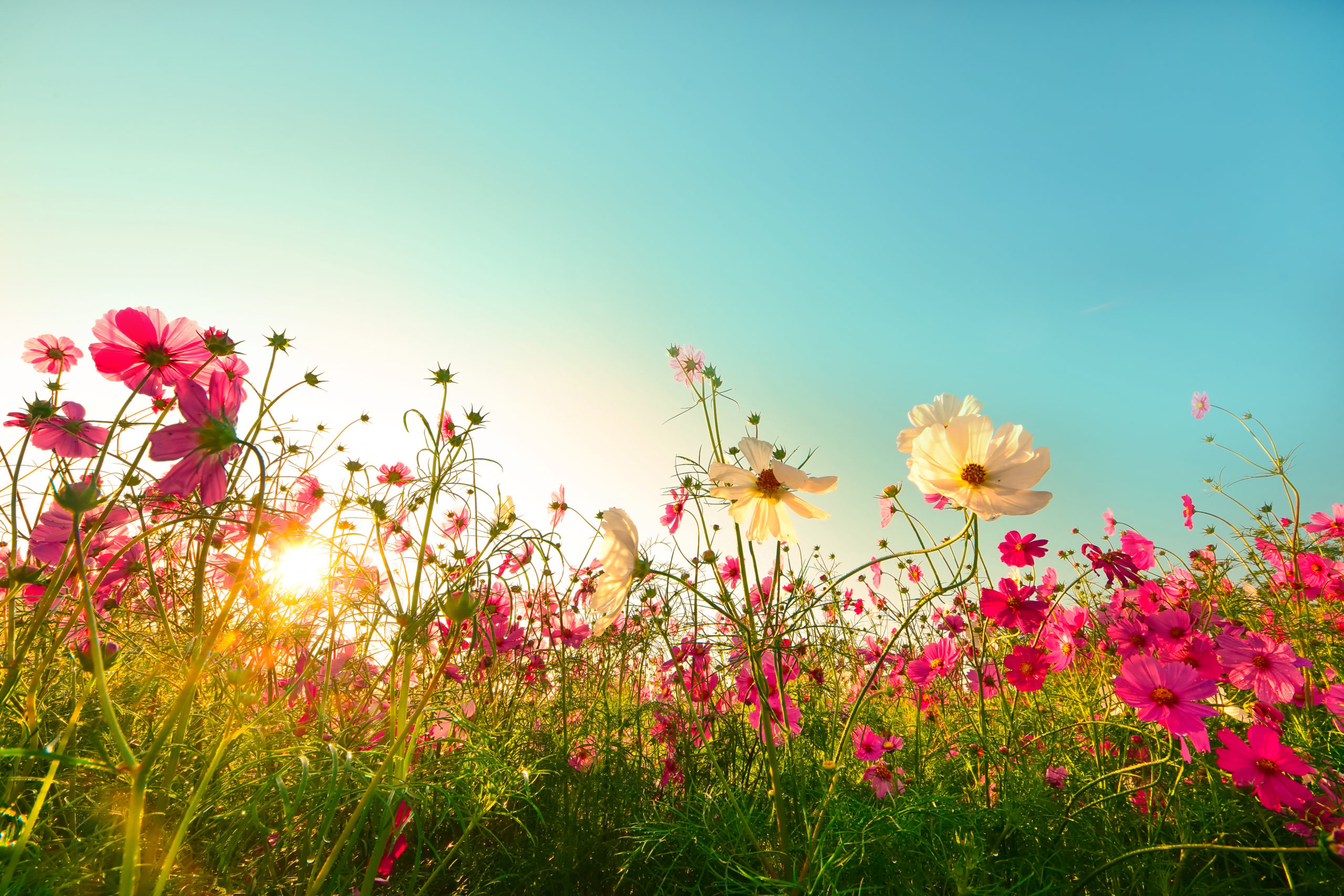
Flowers like zinnias and cosmos can attract pollinators and good bugs, which makes them great plants to grow with corn.
They also give the garden color and beauty and can help make the soil healthier.
Companion planting is an excellent way to make the corn grow and produce more, as well as make the garden as a whole healthier.
By choosing the right plants to grow together, gardeners can have a healthier and more productive garden with fewer pest problems and better yields.
What Not To Grow Next To Corn
Many plants can help corn grow, but there are also some plants that you shouldn’t put near corn. Some of these plants are:
Tomatoes: Tomatoes and corn both come from the nightshade family of plants.
This can make the two plants fight with each other, which can slow their growth and lower their yields.
Potatoes: Potatoes are another plant you should only plant near corn if they need the same kind of soil and water.
This can cause the two plants to compete with each other and slow down their growth and yields.
Garlic: Garlic can stop corn from growing, so you shouldn’t plant it near corn.
Also, it can act as a natural insect repellent, which may hurt the growth of other plants that grow near it.
Walnut Trees: Walnut trees make a natural poison called juglone that can hurt many plants, like corn.
Don’t plant corn near walnut trees to keep the corn from getting hurt.
Even though these plants shouldn’t be planted near corn, many other plants can be used to help corn grow and produce more.
By choosing the right plants to grow together, gardeners can make a more productive, healthier garden with fewer pest problems.
Last Thoughts on the Best Plants to Grow with Corn
Companion planting is a helpful and easy way to make your garden grow better and produce more.
By planting the right plants near corn, you can increase crop yield, reduce pests, improve soil health, and keep soil moisture.
You can ensure your corn grows strong and healthy by avoiding plants that can hurt it.
Use this list as a starting point and try different combinations to find the best plants to grow together in your garden.
Read More:
Ten Best Bedding Plants for Bees
How to Grow Marigolds from Seed
When to Harvest Cucumbers and 4 Ways to Prevent Yellow Cucumbers?
